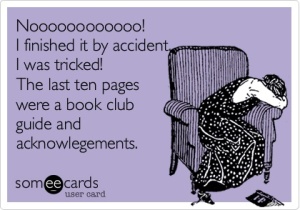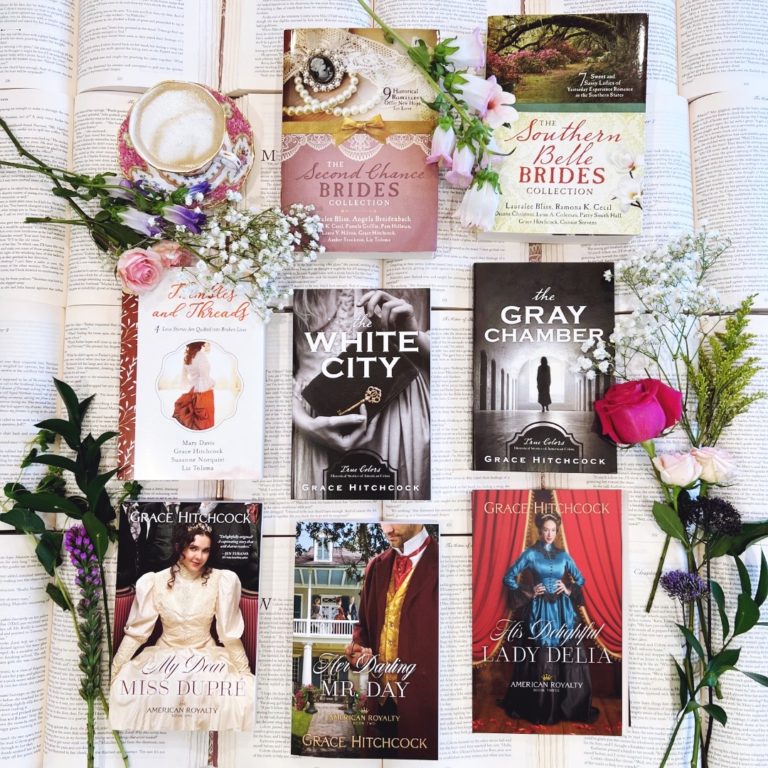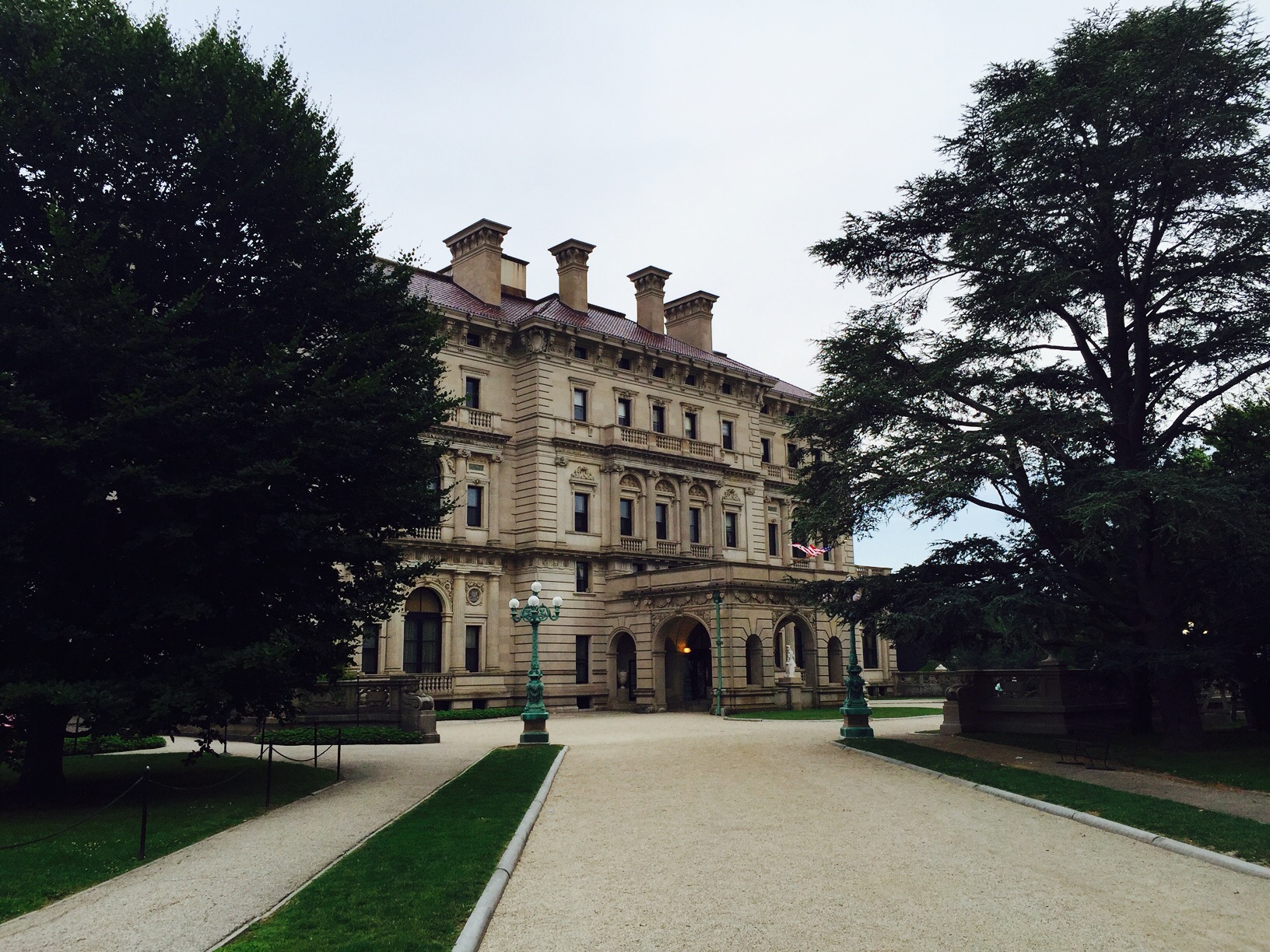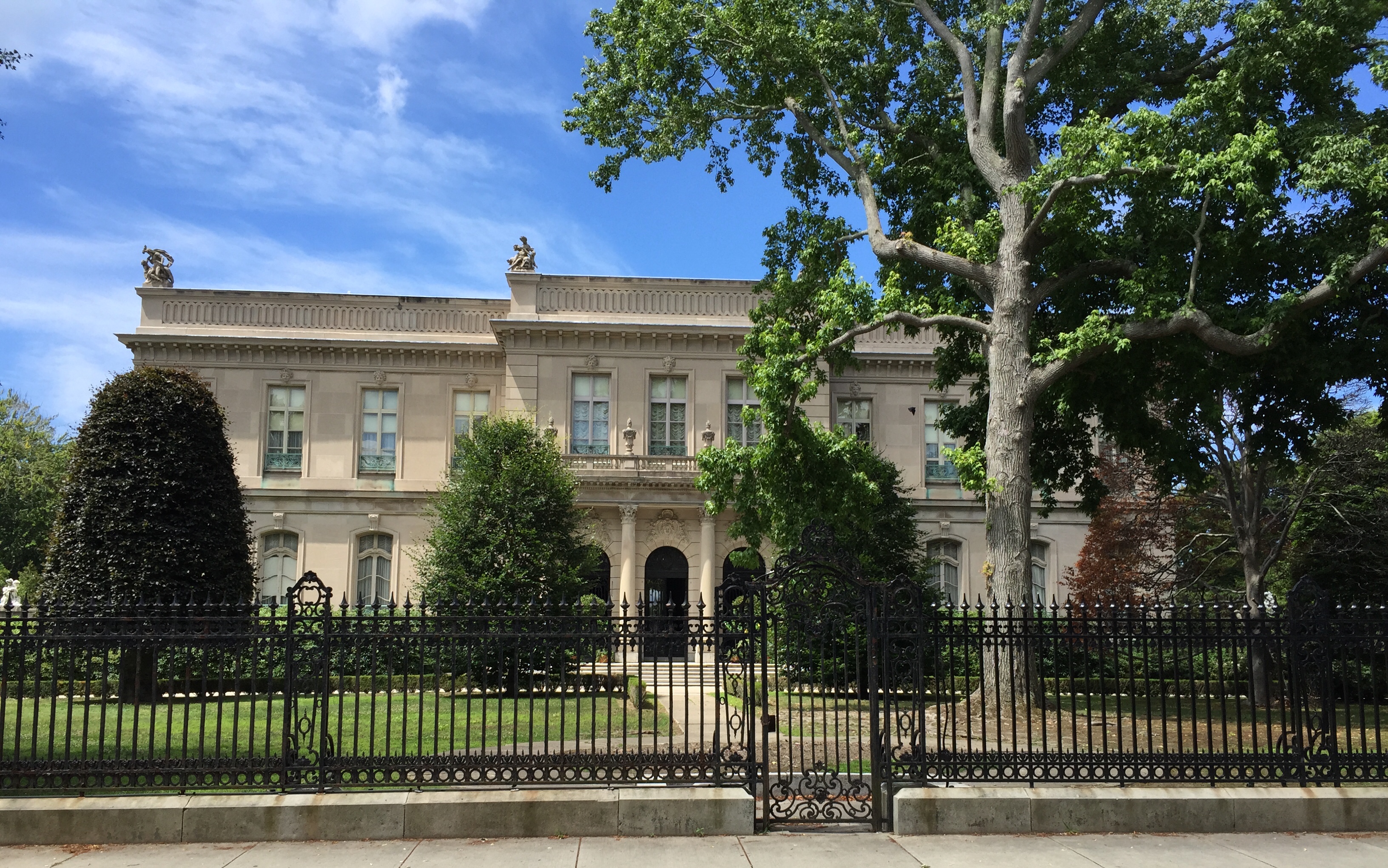Mastering the Writing Basics: Plot Structure.
There are lots of takes on the perfect plot structure. When I first starting writing historical fiction ten years ago, I used the simple incline plot structure; however, I found that with the simple plot structure, I was falling prey to the dreaded “sagging middle.” So, without really knowing the proper name, I adopted a different structure. I later discovered that what I was doing was called the “Three-Act Structure” and for me, it was the doorway to organization. It allowed me to organize the plot in such a way that I could avoid the sagging middle like the plague.
(I won’t touch on every point, just almost every point because you can just follow the structure for every detail.)
Intro/Present a Problem. This is what will drive your audience to continue reading beyond the first few pages.
Inciting Incident. Something happens to your heroine/hero that will change their current course and force them to make a choice. “Do I do A, B, or heaven forbid, C?!”
Second Thoughts. This gets the reader involved with how the character thinks. It shows the human side, the doubtful side and it, hopefully, makes the reader connect with the character or push the reader further into the book.
(Side-note: Every single step needs to entertain and push the reader to keep going.)
Rising Action/Climax of “Act One.” The hero encounters something, someone that raises the tension to the “first” climax, but this climax will lead/link to the “second” climax and ultimately, lead to the final climax of the “Act Three.”
Midpoint. Avoid the sagging middle with obstacles to overcome! The sagging middle is the dangerous point in the story that is so calm that it tempts the reader to put the book aside because it seems like the book should end there and how can the reader possibly continue with the story if it’s already boring and they still have 150 pages to go? Avoid the dreaded sagging middle by planting obstacles for your character to overcome or twists in the tale.
“Act Two” Climax. Remember that midpoint twist? Well it’s time for your character to encounter it. Maybe someone or something from the character’s past has risen up to make them fall or maybe the midpoint addresses something that they struggled with from the beginning of the story and they are forced to finally make a decision that leads to the final climax.
“Act Three” FINAL Climax. Everything has led to this one moment. This is the moment when your readers’ hearts should be racing and they CANNOT put your book down and have to stay up until 2am to find out what happens!!!
Falling Action. Sigh. The end of the book is almost here. The readers’ hearts have returned to a normal rate. The characters are wrapping up the story, but give the main character one more tiny obstacle to overcome that leads to a good conclusion.
Conclusion/Resolution. Make your readers happy and give them a good conclusion…unless, of course, it is just the first book in a series; in that case, you don’t have to tie a giant pretty bow on the story. Tie a tiny bow, but leave enough loose ends to keep the reader wanting more, but not too many to where they get aggravated and shout. “That’s the end?? I read all of this and I don’t even know if Cordelia marries Archibald?”
What plot structure do you use currently, if any? Which ones have you tried?
Happy Writing!
(Top) Photo cred: Unsplash.com










6 Comments
Comments are closed.